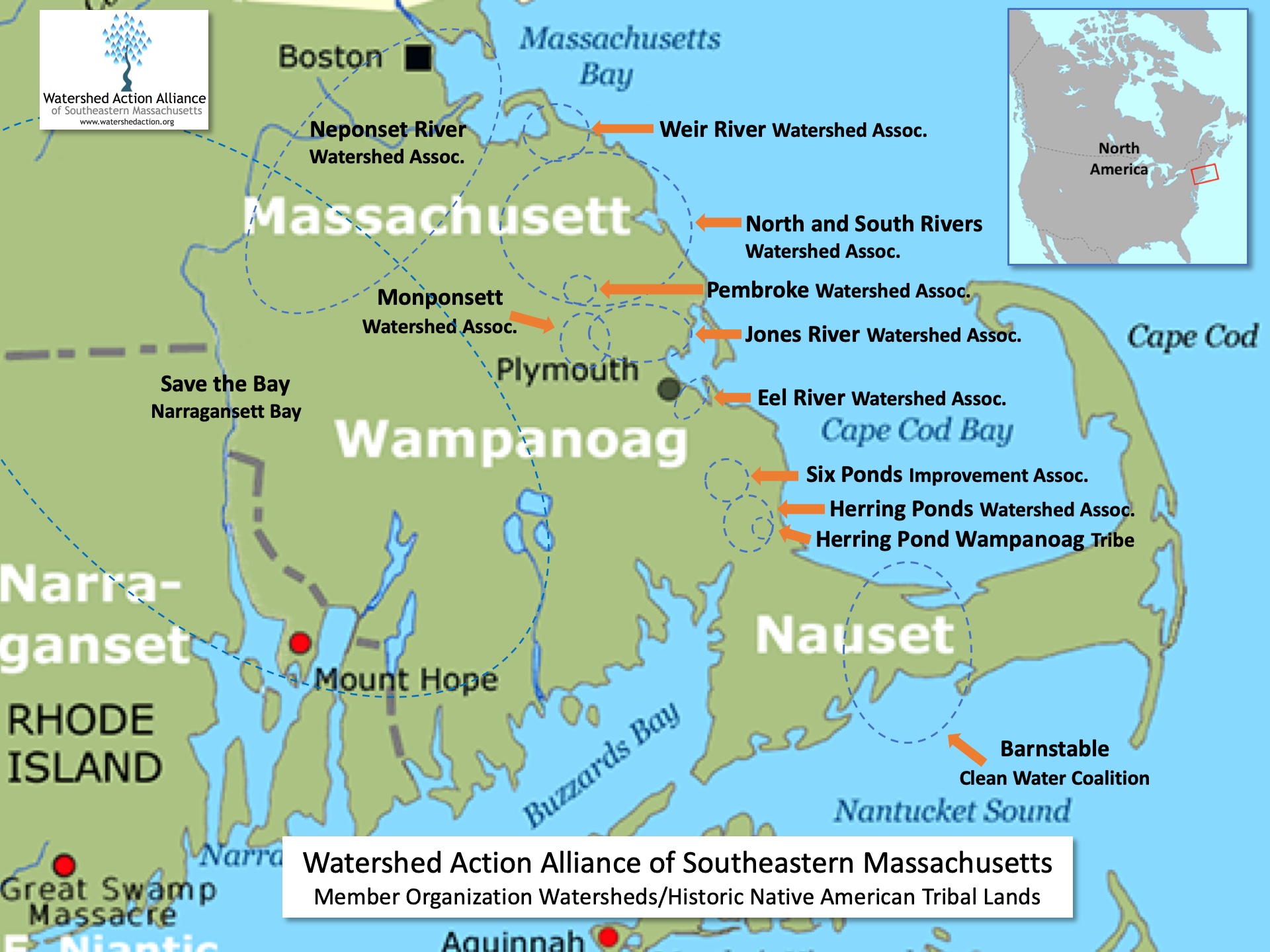By ecoRI News staff. New study says land-use decisions have dramatic impact on forest benefits.
 PETERSHAM — A new study by Harvard University’s Harvard Forest and the Smithsonian Institution reveals that, if left unchecked, recent trends in the loss of forests to development will undermine significant land conservation gains in Massachusetts, jeopardize water quality and limit the natural landscape’s ability to protect against climate change.
PETERSHAM — A new study by Harvard University’s Harvard Forest and the Smithsonian Institution reveals that, if left unchecked, recent trends in the loss of forests to development will undermine significant land conservation gains in Massachusetts, jeopardize water quality and limit the natural landscape’s ability to protect against climate change.
Scientists researched and analyzed four plausible scenarios for what Massachusetts could look like in the future. The scenarios were developed by a group of forestry professionals, land-use planning and water policy experts, and conservation groups. The scenarios reflect contrasting patterns and intensities of land development, wood harvesting, conservation and agriculture.
The two-year study entitled "Changes to the Land" is distinctive in its forward-looking approach and its use of sophisticated computer models to conduct a detailed acre-by-acre analysis of the entire forested landscape of Massachusetts over 50 years.
“What we found is that land-use decisions have immediate and dramatic impacts on many of the forest benefits people depend on,” said Jonathan Thompson, senior ecologist at Harvard Forestand lead author of the study. “Massachusetts is an important place to study land-use because it is densely populated, heavily forested, and experiencing rapid change — much like the broader forested landscape of the eastern U.S. The results of the study show that sprawl, coupled with a permanent loss of forest cover in Massachusetts, create an urgent need to address land-use choices.”
The forests of Massachusetts are more than just a collection of trees. The state’s woods provide abundant resources — timber, fuel and paper; habitat for plants and animals; and a reliable source of clean water. They also supply fresh air, flood protection and store carbon that would otherwise warm the planet.
“We know from decades of research that forests are a living infrastructure that works 24 hours a day to provide climate protection, clean water, local wood products, and natural areas for people and wildlife,” said David Foster, director of the Harvard Forest and co-author of the study. “The results of this new study show that seemingly imperceptible changes to the land add up in ways that can significantly enhance or erode these vital benefits, depending on the choices we all make.”
The stakes are high but there is good news in the study. “The forests-as-infrastructure scenario shows it’s possible to protect forest benefits while also increasing local wood production and supporting economic development, by making important but achievable changes,” Thompson said.
Forests as infrastructure clusters more of the development, implements “improvement forestry” on much of the harvested land, and increases the rate of forest conservation with a focus on priority habitat. By 2060, compared to recent trends, this scenario would, according to the study:
Limit flooding risks in virtually all of the state’s major watersheds.
Protect water quality by minimizing impervious surfaces such as roads and parking lots.
Grow 20 percent more high-value trees such as large oak, sugar maple and white pine.
Double the amount of local wood harvested.
Maintain a 35 percent increase in the storage of carbon that would otherwise warm the earth.
Reduce forest fragmentation by 25 percent.
Protect a quarter-million more acres of high-priority wildlife habitat.
Kathy Fallon Lambert, director of science and policy at the Harvard Forest and co-author of the study, said the timing of the study is critical.
“Not only are we experiencing this historic downturn in forest cover, but the Legislature is contemplating changing our zoning laws for the first time in 40 years,” she said. “In addition, the environmental bond bill will set conservation funding levels for the next five years.”
She said the study’s findings point to three broad policy directions: recommitting to land conservation; promoting sustainable forestry; and redoubling land-use planning and smart-growth efforts.
The team has received funding from the National Science Foundation to extend the study to include the five other New England states. By using science to understand and inform land-use decisions here in Massachusetts, the researchers are building on the state’’s history as a leader in science and conservation to help shape the future of one of the most globally significant forested regions in the world.







